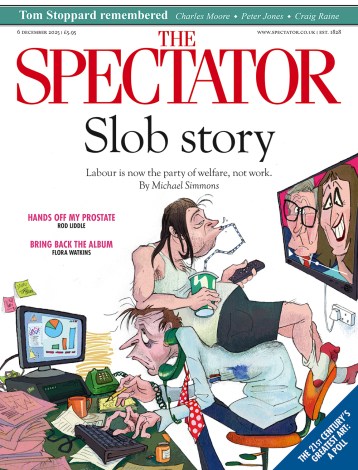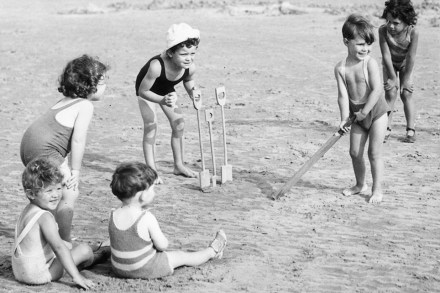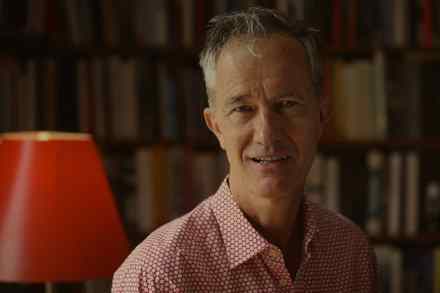From the wilds of Kyrgyzstan to the Victorian nursery – a choice of art books
One day, according to a venerable anecdote, an earl pushed his way into Hans Holbein’s London workshop demanding that his portrait be painted straight away. Understandably annoyed, Holbein hit him. This nobleman then asked Henry VIII to punish the painter, but apparently the monarch replied: ‘I can make seven earls (if it pleased me) from seven peasants – but I could not make one Hans Holbeen [sic], or so excellent an artist, out of seven earls.’ Holbein’s pictures must have seemed miraculous when they appeared in Tudor England. In fact they still do. Seeing them is like opening a window into the past and finding it populated by people like




